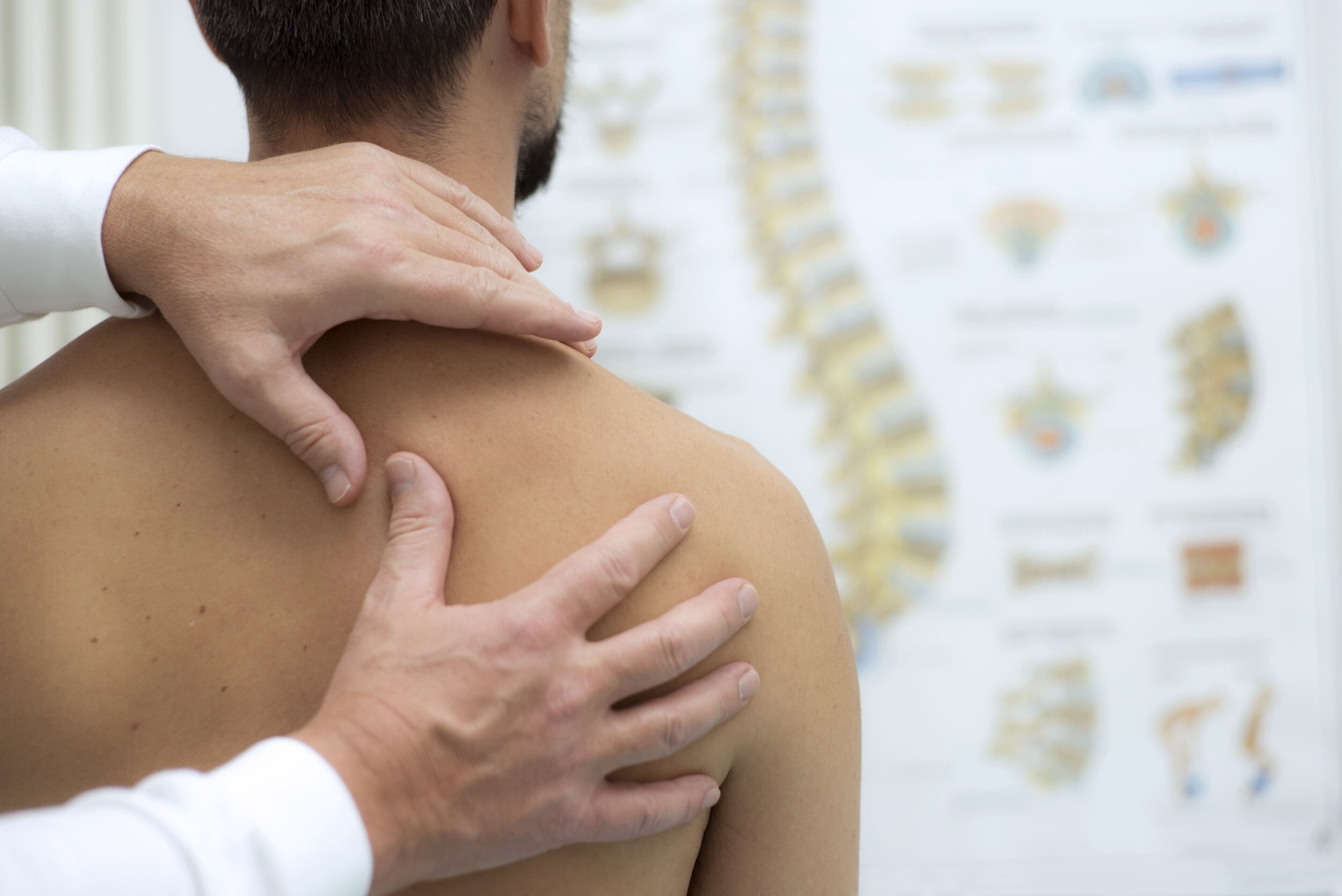
Introduction:
Experiencing neck pain is already distressing, but it becomes significantly worse when the pain radiates down your arm.
In the neck region, bulging discs, herniated discs, and slipped discs all refer to the same condition. While they affect only a small percentage of the population, bulging discs in the neck can cause excruciating pain.
If you want relief from this painful condition, consult a chronic pain specialist in Sydney. Undergoing sessions with a qualified chiropractor can help prevent any lasting damage from the long-term effects of a herniated disc in the neck area.
The intensity and potential weakness associated with the symptoms of a bulging disc in the neck depend on the nerve affected by the disc bulge.
What Causes Bulging Discs in the Neck?
Unlike the spinal cord or the back muscles, most people do not pay much attention to their neck bones. But the cervical bones in the neck play a significant role as they support your head and allow it to swivel in all directions.
The neck bones, medically known as the cervical spine, consist of seven bones labelled C1 to C7. Each bone is separated by a gel-filled disc that serves as a shock absorber and aids in the movement of the spine. When excessive pressure is exerted on a disc, it starts pushing against a specific nerve.
The damaged disc usually pushes back into the spinal canal. The disc typically bulges to any one side of the canal. Hence, the symptoms of a bulging disc in the neck manifest as pain or weakness on only one side of the body.
The most common causes for bulging discs in the neck are:
Where Do You Experience Pain Caused by Bulging Discs in Neck?
A bulging disc in the neck area typically pushes against a nerve in the cervical spine. The pain and other symptoms you experience will depend on which nerve is being compressed.
The symptoms of a bulging disc in the neck are typically seen in the following neck areas.
C5/6:
This refers to the disc located between the fifth and sixth cervical bones. This is the second-most common area for bulging discs in the neck to occur. The symptoms of this include:
C6/7:
This refers to the disc located between the sixth and seventh cervical vertebrae. It is the most frequent site for a herniated disc in the neck, resulting in various symptoms, such as:
C7/8:
Although the neck consists of only seven bones, it has eight nerves. The term C7/8 refers to the space between the seventh cervical bone and the first bone in the upper/mid back (thoracic spine). When a disc bulge occurs in this area of the neck, symptoms are:
It is important to note that the symptoms of a bulging disc in the neck area differ for each person. While the aforementioned areas are typically where you experience the pain, it might be that some people experience pain that does not directly correspond to the compressed nerve affected by the bulging disc.
Every individual’s body is unique, and symptoms can vary accordingly. We recommend seeking assistance from a qualified healthcare professional, such as a certified chiropractor in Sydney.
How to Diagnose Bulging Discs in the Neck?
If you are suffering from pain that you suspect could be due to a bulging or herniated disc, visit your primary doctor for a physical examination. They will likely conduct some imaging tests before confirming any diagnosis. This includes spinal X-rays, MRI or CT scans, and an EMG – all performed to check the condition of your bones and affected nerves.
Whether you want an accurate diagnosis of the bulging discs in the neck or looking for a treatment for lower back pain in Sydney, Centennial Qi Therapies offer you the right treatment focusing on reducing your pain and bringing you relief.
